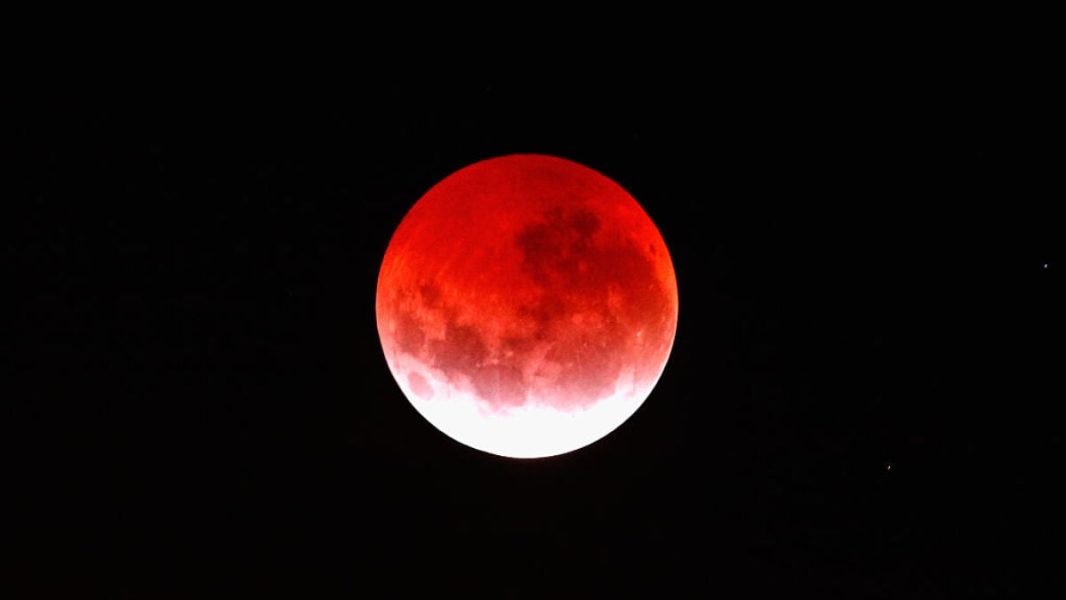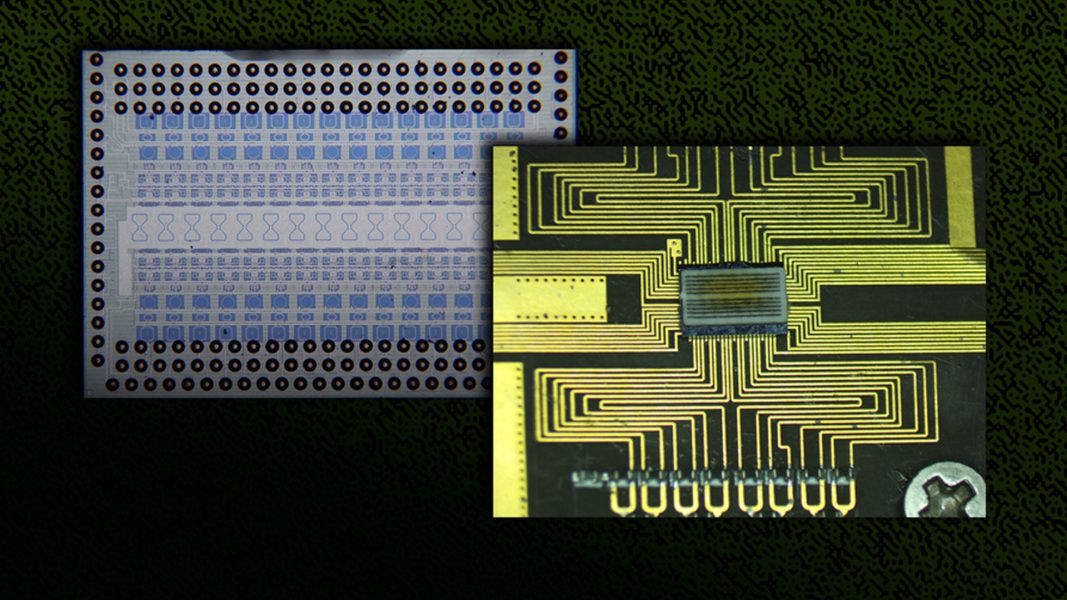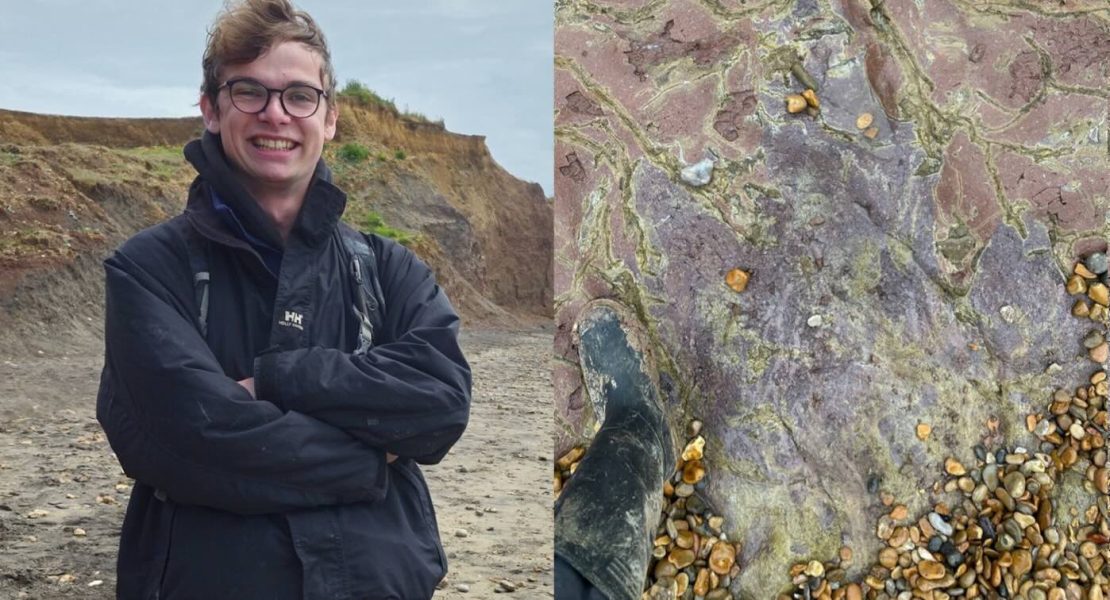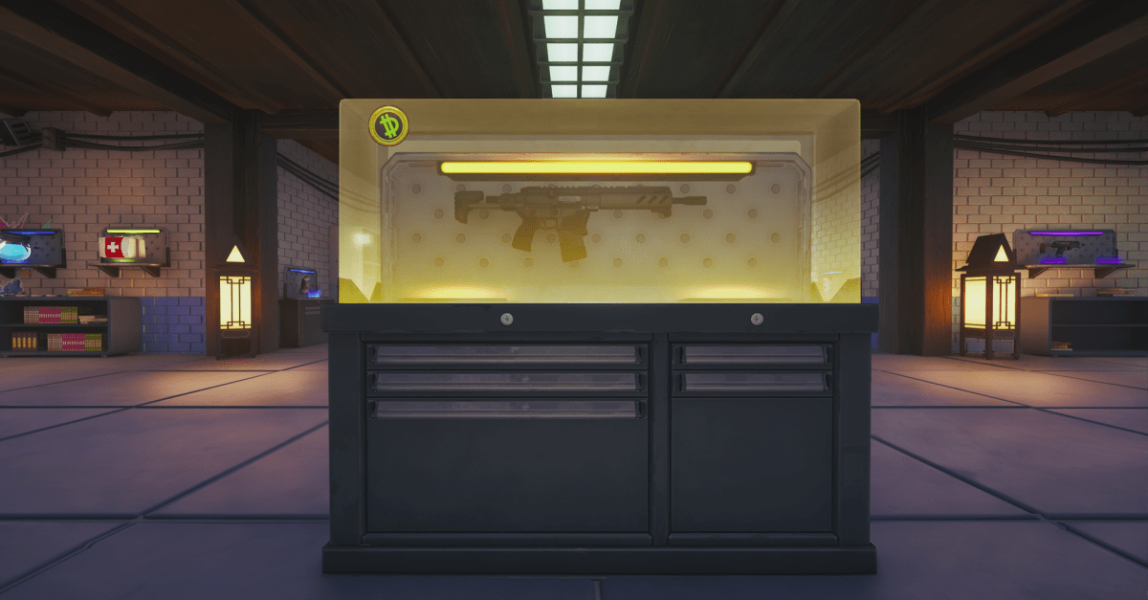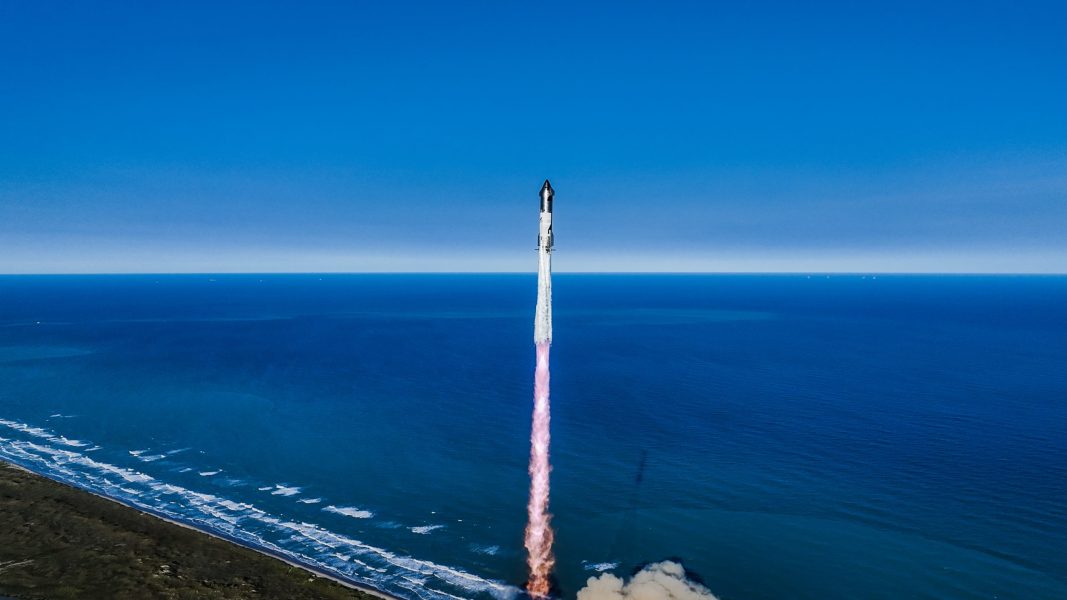Scientists Can’t Explain This Perfectly Round Crater in Alaska—And It’s Been a Mystery for Decades – The Daily Galaxy –Great Discoveries Channel
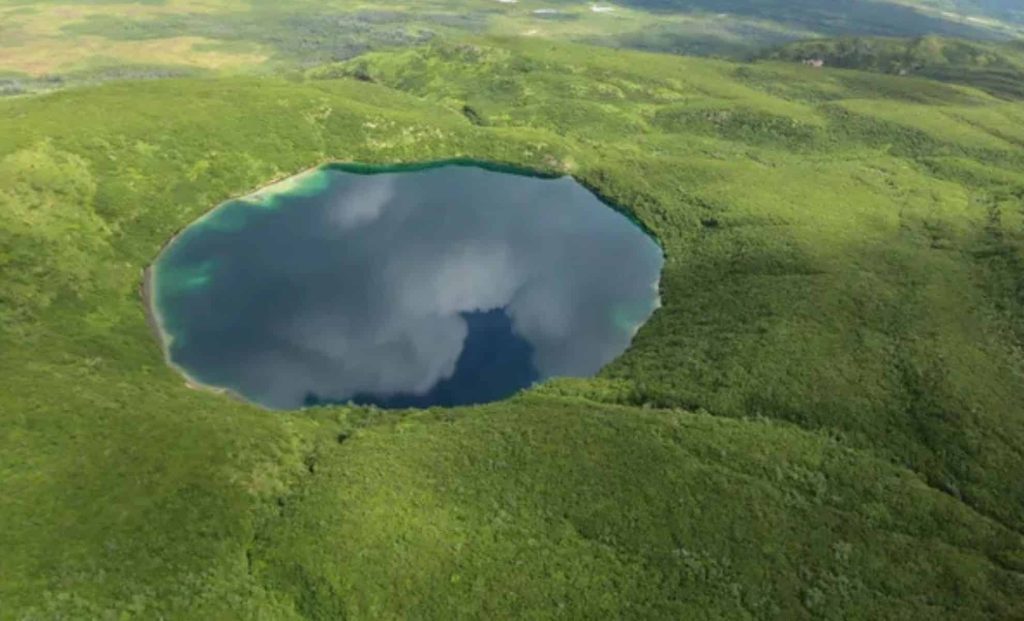
Deep in Alaska, a perfectly round crater defies explanation. Was it a meteor impact, a volcanic blast, or something unknown? Scientists still have no answers.Deep in Alaska’s Katmai National Park, a perfectly round, 1,600-foot-wide crater has puzzled scientists for decades. Known as Savonoski Crater, this enormous hole appears as though it was carved into the Earth by a colossal impact or explosion. Yet, despite its striking shape and size, researchers have been unable to determine exactly how it formed.At first glance, the Savonoski Crater resembles an impact site from a meteorite, with its smooth circular depression and steep walls. However, no traces of a space rock or its debris have ever been found at the location. Other theories suggest the crater could be a volcanic maar, a type of crater that forms when magma meets underground water, creating a steam-driven explosion. But there’s a major problem with this idea—there are no known volcanic structures in the immediate area.This perplexing mystery has left geologists searching for answers, but so far, every investigation has only led to more questions. The crater has remained largely untouched by modern research, and its formation remains one of Alaska’s greatest geological enigmas.Scientists have been aware of Savonoski Crater for decades, but extensive geological surveys in the 1960s and 1970s failed to provide any definitive evidence for its formation. The most recent detailed discussion of the crater’s origins was published in an article from the University of Alaska Fairbanks in 1978. The study explored multiple theories but could not conclude with certainty whether the crater was formed by an extraterrestrial impact or underground volcanic activity.Initially, geologists suspected it was a meteorite impact crater, as its dimensions are consistent with similar formations caused by space rock collisions. However, after years of analysis, no meteoritic material or shocked rocks—which are usually present at impact sites—were discovered. Additionally, there were no signs of ejected debris, a key indicator of a powerful meteor strike.When the impact theory failed to hold up, scientists turned to the volcanic maar hypothesis. Volcanic maars form when rising magma encounters groundwater, instantly turning it into steam and causing a massive explosion that blasts a hole into the ground. This is how Alaska’s Ukinrek Maars, located just over 100 miles away, were formed in a 10-day-long volcanic eruption in 1977.But despite the crater’s resemblance to volcanic maars, there is no evidence of a magma source beneath Savonoski Crater. No known volcanic vents exist in the area, and surveys from the 1970s failed to detect any signs of underground volcanic activity. Without a confirmed impact event or volcanic explosion, the origins of Savonoski Crater remain an unsolved geological puzzle.One of the biggest obstacles to understanding the Savonoski Crater is the fact that much of its history has been wiped away by glaciers. Scientists believe the region experienced at least one major glaciation event between 23,000 and 14,700 years ago, during which massive ice sheets covered southwestern Alaska. These glaciers could have erased any telltale geological evidence, smoothing over the land and removing traces of an impact or volcanic explosion.If this theory is correct, it would explain why scientists have been unable to find the usual geological markers associated with impact craters or volcanic maars. However, some experts believe that clues may still be buried beneath the crater itself. Drilling into the center of the formation could potentially reveal hidden rock layers that hold the key to its true origin.Despite decades of speculation, Savonoski Crater remains an unsolved mystery. While most scientists agree that the crater is likely the result of either a meteorite impact or a volcanic explosion, the lack of solid geological evidence means that no definitive answer has been found. The possibility of an unknown geological process cannot be ruled out either, adding to the intrigue surrounding this enigmatic formation.If future studies involve deep-core drilling or advanced imaging technologies, we may finally be able to determine how Savonoski Crater was formed. Until then, this perfectly round, unexplained hole will remain one of Earth’s most perplexing geological wonders—a silent reminder that our planet still holds secrets waiting to be uncovered.Comment Save my name, email, and website in this browser for the next time I comment.
© 2024 | Daily Galaxy | All rights reserved
Source: https://dailygalaxy.com/2025/02/scientists-cant-explain-crater-alaska/
